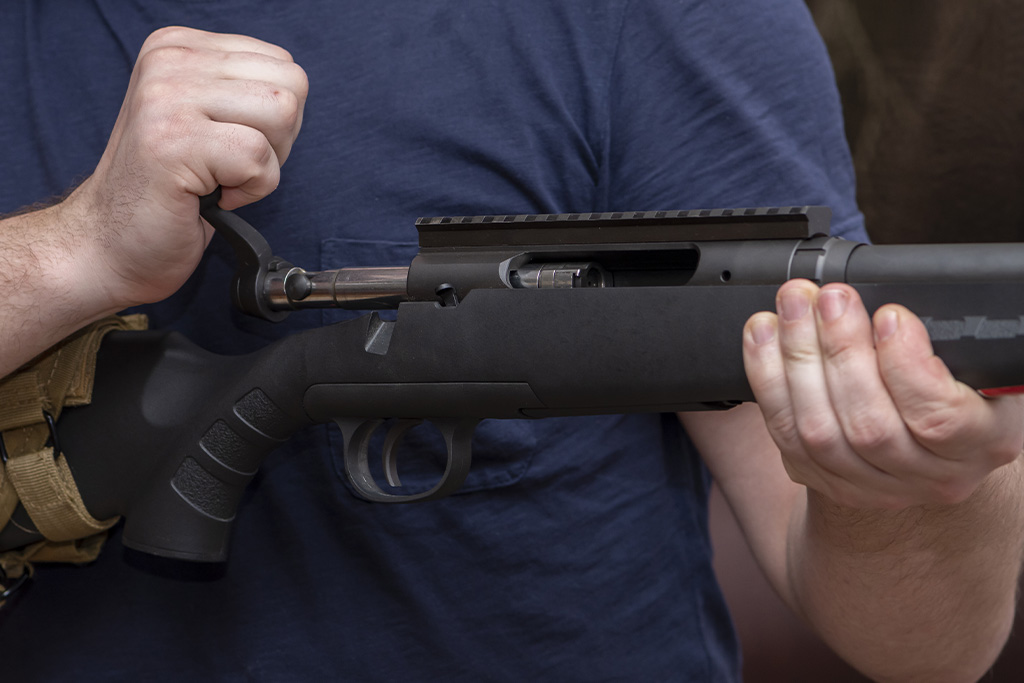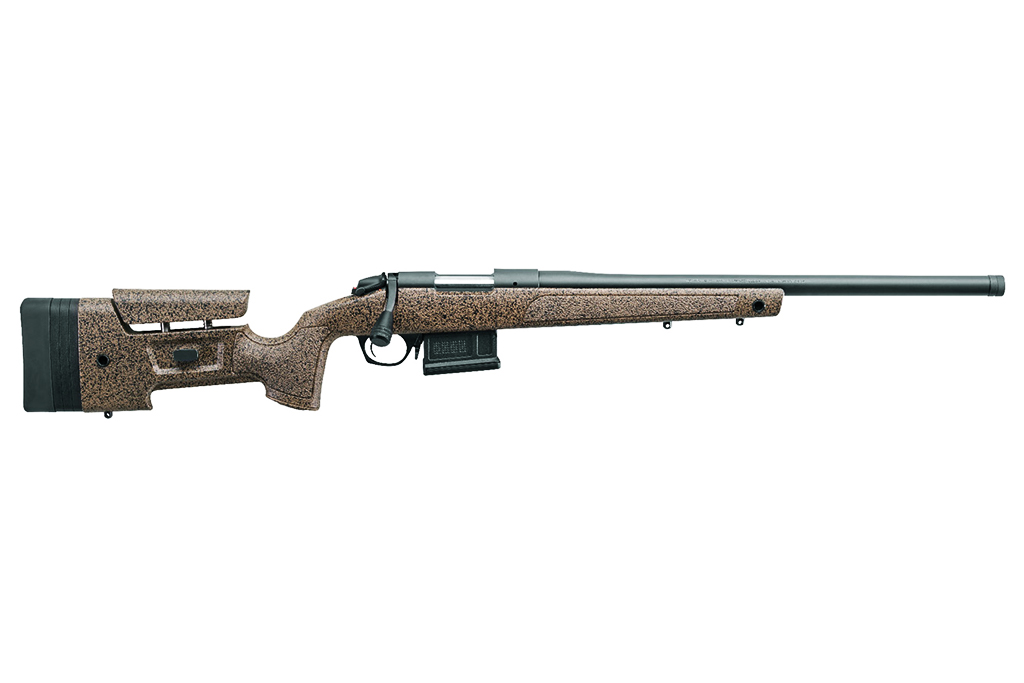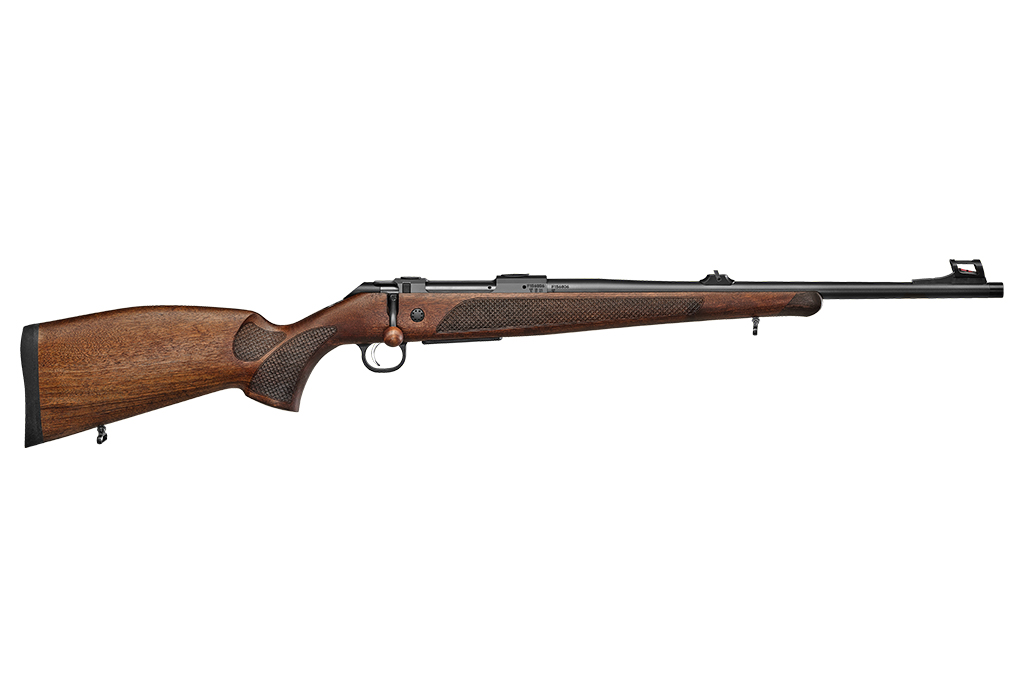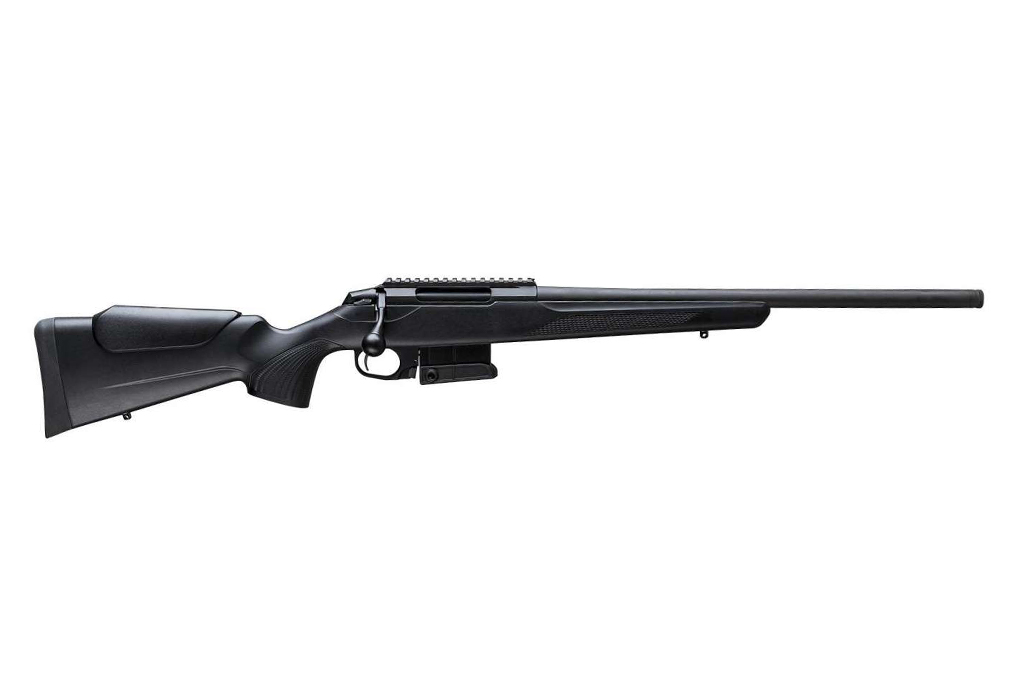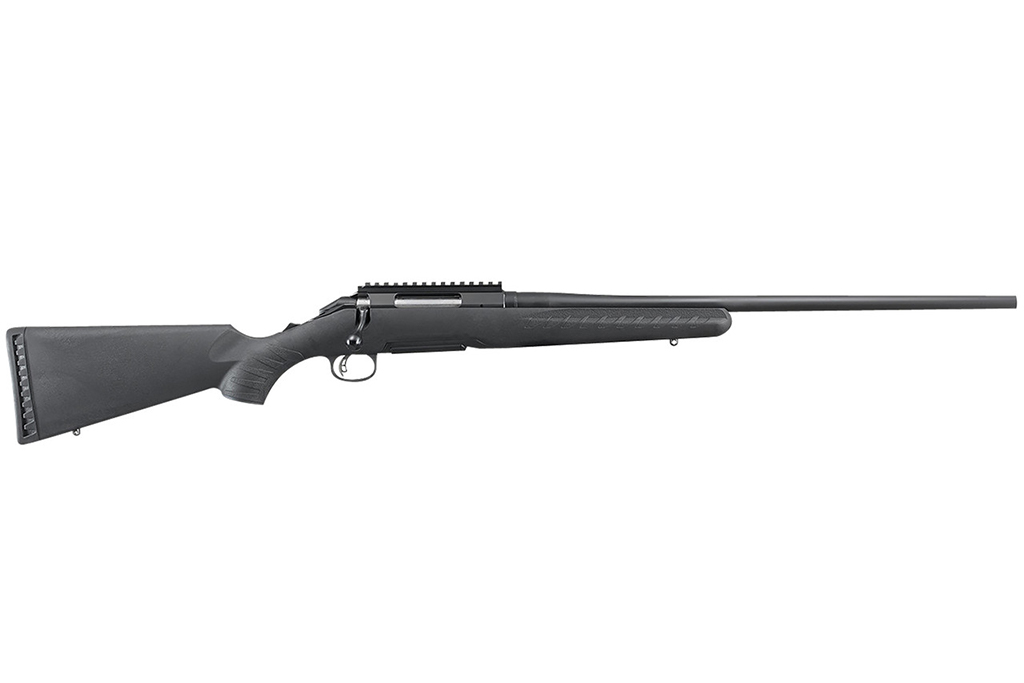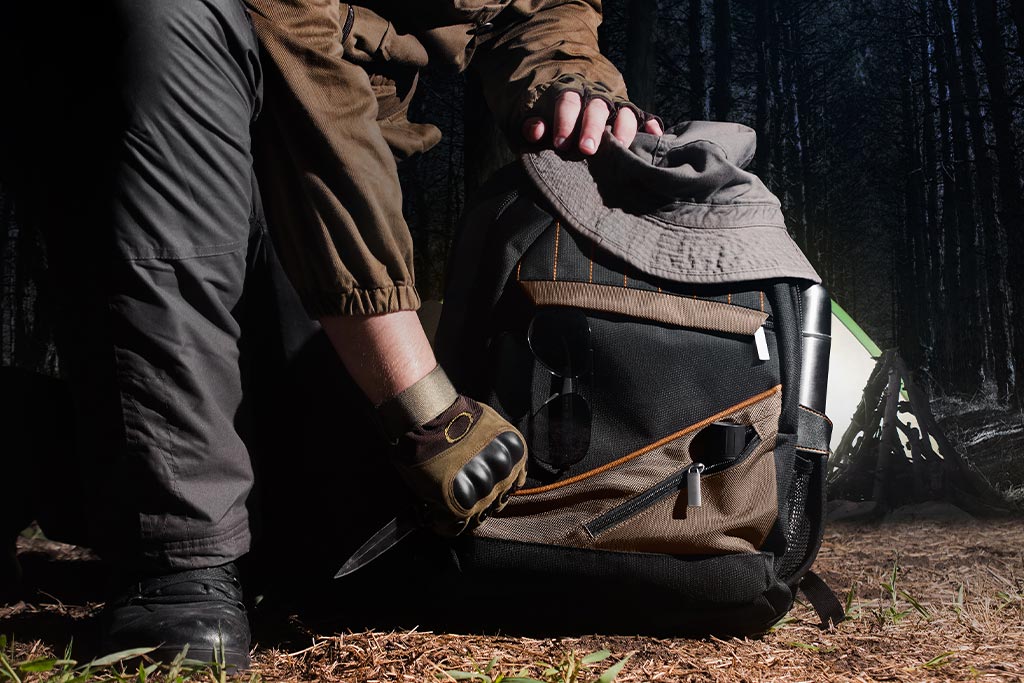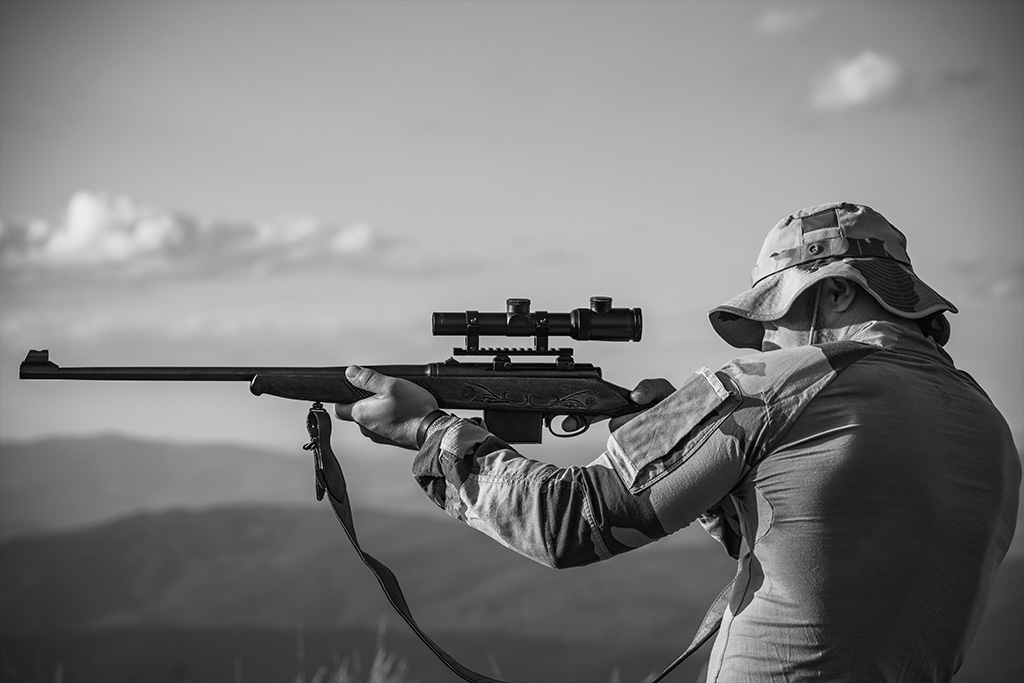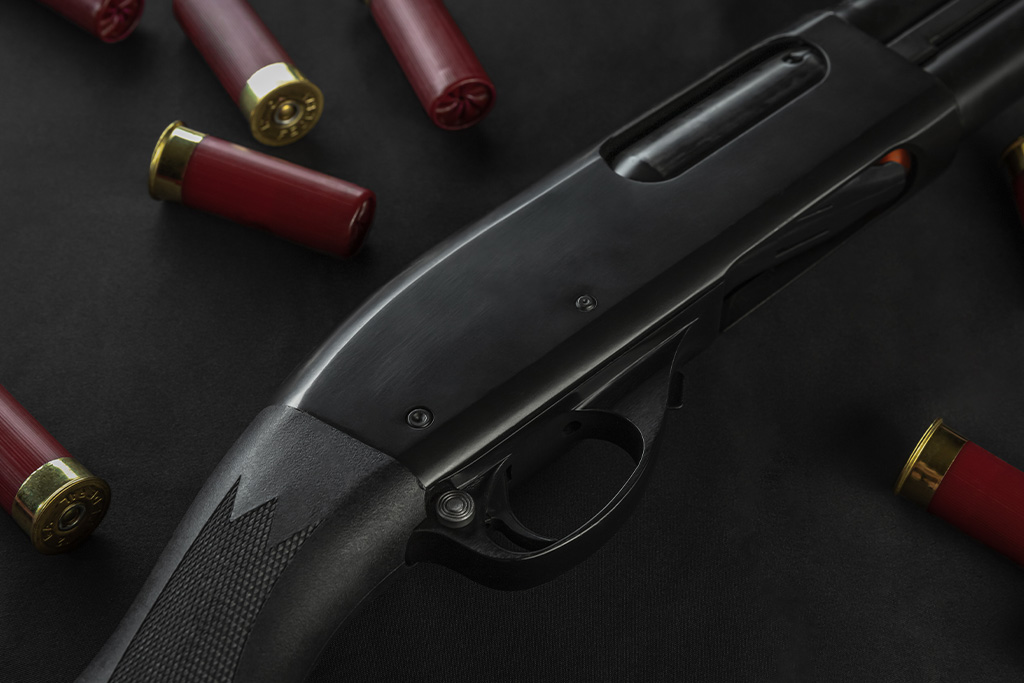Bolt-action rifles are a type of firearm known for their reliability, accuracy, and versatility. They have a long history and remain popular among hunters, sport shooters, and military snipers due to their inherent design advantages. Let’s explore the key features, applications, and some notable examples of bolt-action rifles.
Design and Mechanism:
Bolt-action rifles are characterized by their manual operation, where the shooter manually operates the bolt to cycle the firearm. The bolt is typically located on the right side of the receiver and contains the firing pin, extractor, and ejector mechanisms. The shooter manually lifts, pulls back and pushes forward the bolt to chamber a round, extract the spent casing, and cock the firing pin for subsequent shots.
Accuracy and Reliability:
Bolt-action rifles are highly regarded for their inherent accuracy and reliability. The design allows for a solid lockup of the bolt, which contributes to consistent and repeatable shot placement. The single-shot nature of the bolt-action mechanism minimizes the potential for malfunction, making these rifles dependable in various conditions and environments.
Applications:
- Hunting: Bolt-action rifles are favored by hunters worldwide due to their accuracy, power, and versatility. They are commonly used for hunting big game animals such as deer, elk, and moose, as well as varmint hunting for smaller game.
- Sport Shooting and Competition: Bolt-action rifles are used in various shooting competitions, including long-range precision shooting, target shooting, and practical shooting matches. Their accuracy, often enhanced with specialized optics and modifications, makes them suitable for competitive shooting disciplines.
- Military and Law Enforcement: Bolt-action rifles have been widely used by military and law enforcement snipers throughout history. Their long-range accuracy, reliability, and ability to deliver precise shots make them ideal for designated marksmen and sharpshooters.

